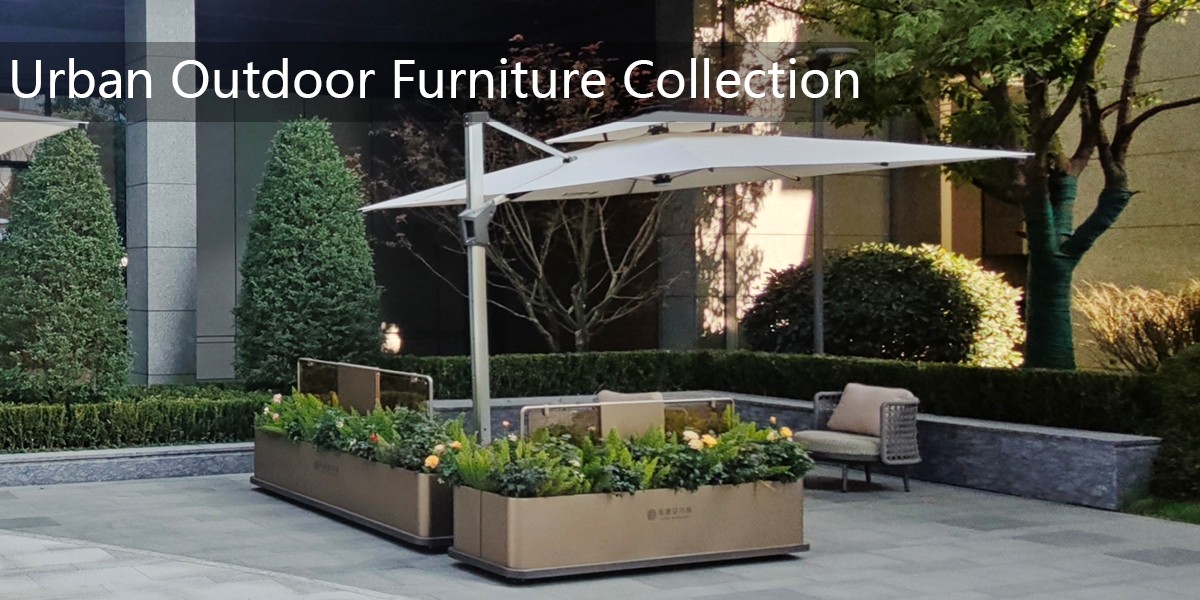Outdoor sculptures exist in a dynamic relationship with the natural elements, transforming over time through exposure to wind, rain, sunlight, and temperature fluctuations. Unlike indoor artworks, these pieces are designed to endure—or even embrace—the effects of weathering.
Materials play a crucial role in this interaction. Bronze develops a protective patina when exposed to moisture, while stone slowly erodes, revealing new textures. Modern sculptures often incorporate stainless steel or corten steel, which resists rust or intentionally oxidizes for aesthetic effect.
Artists frequently anticipate elemental engagement, designing works that change with seasons. Some sculptures collect rainwater, others sway with the wind, and solar-powered pieces harness sunlight for kinetic motion. This dialogue between art and nature creates a living, evolving form of expression.
Environmental factors also influence placement and preservation. Coastal sculptures face salt corrosion, while desert installations endure UV damage. Conservationists balance natural aging with structural integrity, sometimes allowing controlled degradation as part of the artwork’s narrative.
Ultimately, outdoor sculptures become collaborative creations—part human intention, part elemental improvisation—documenting the passage of time through their altered surfaces and shifting interactions with light and space.


